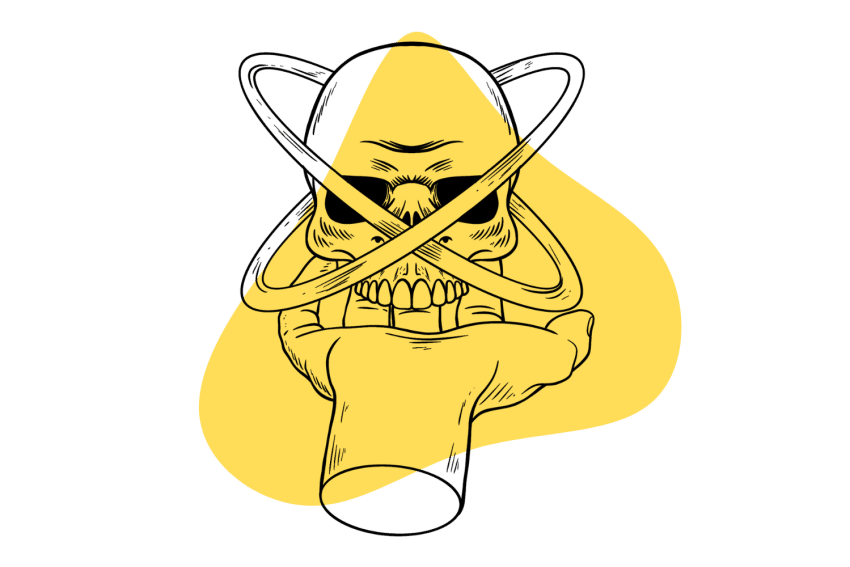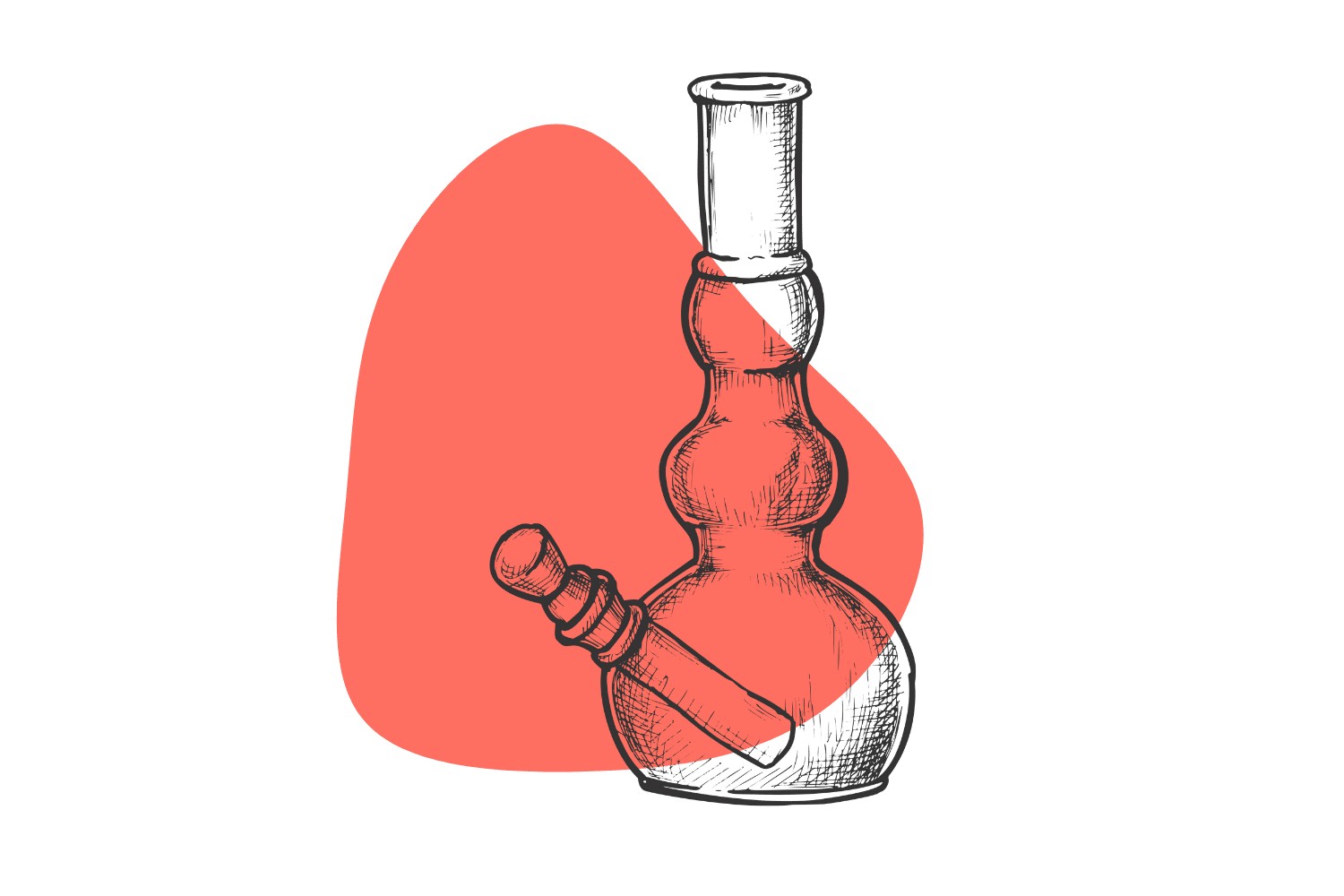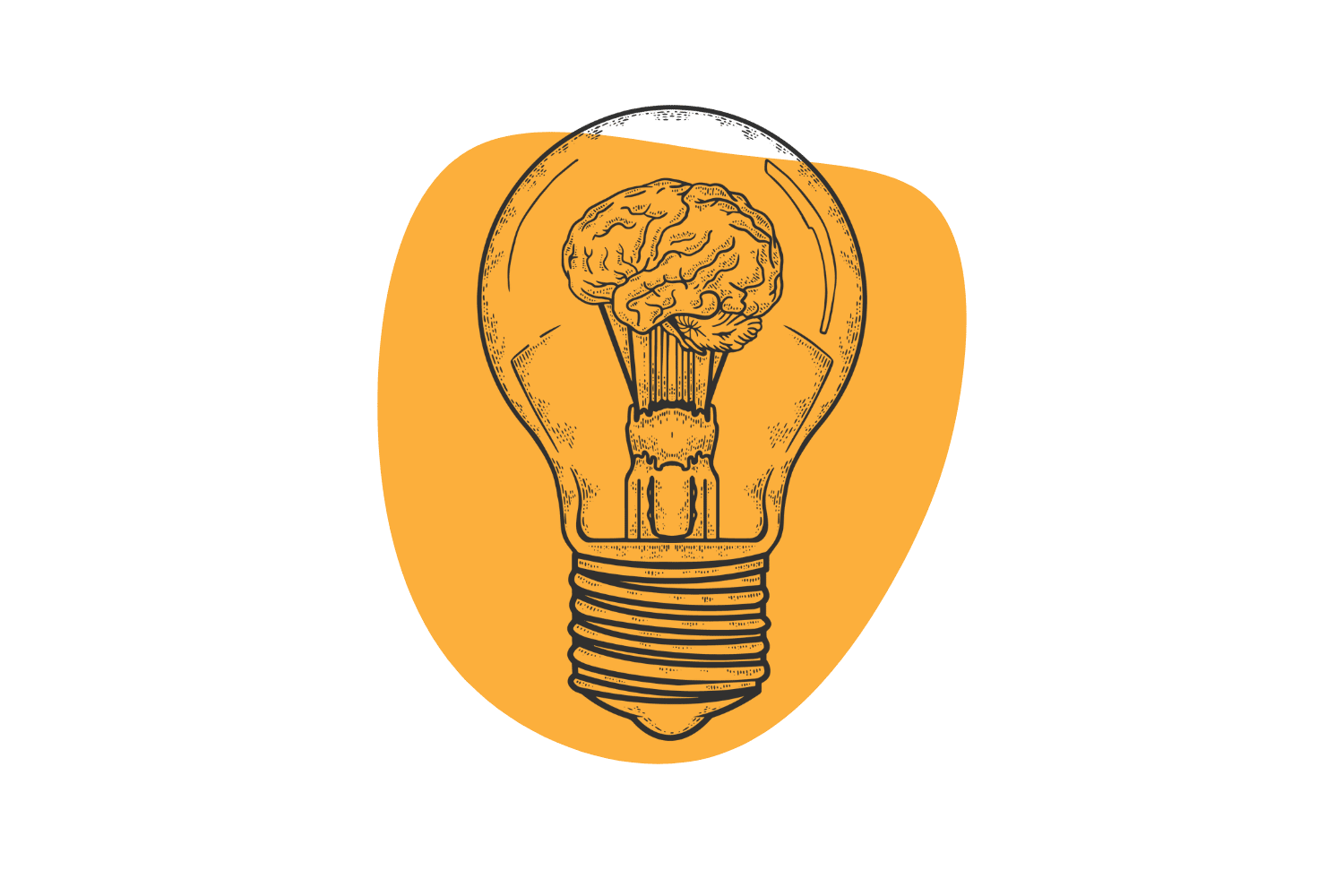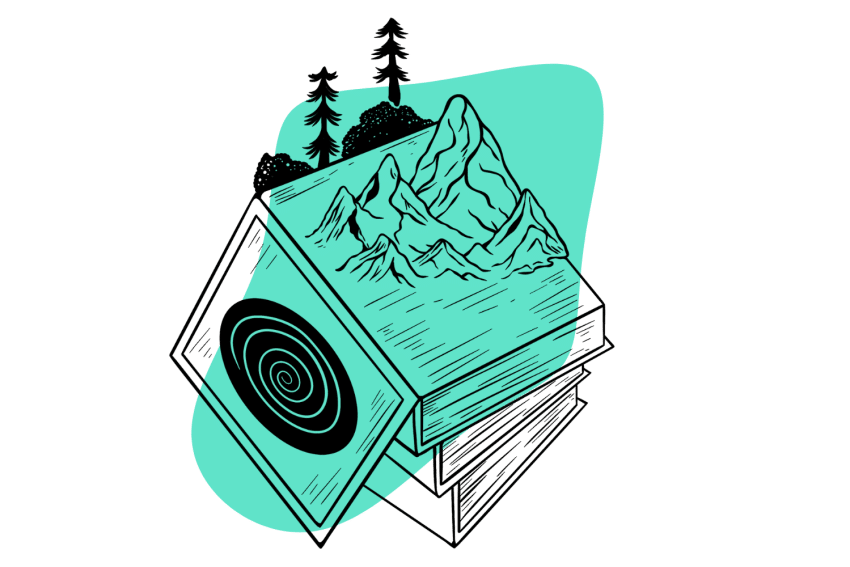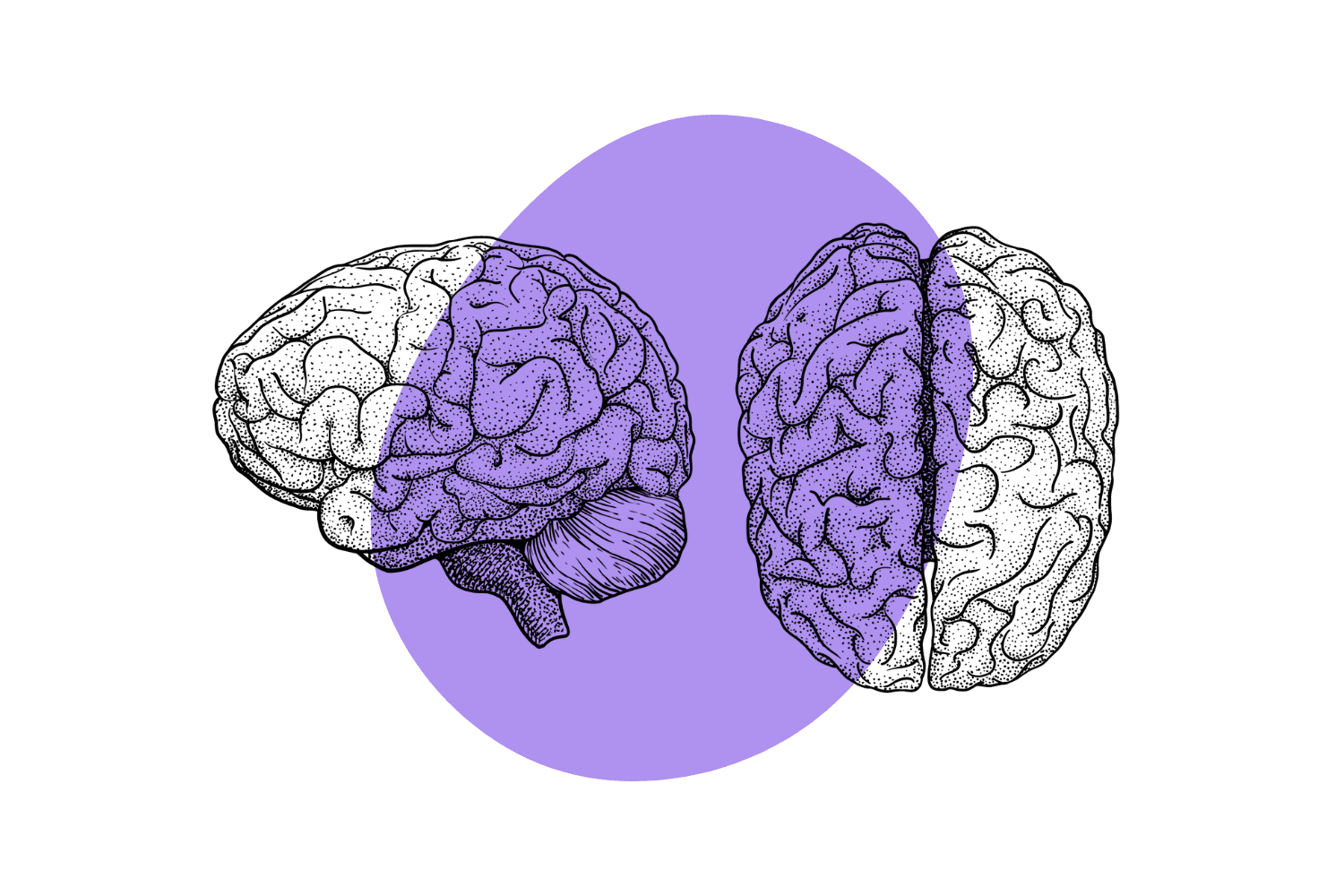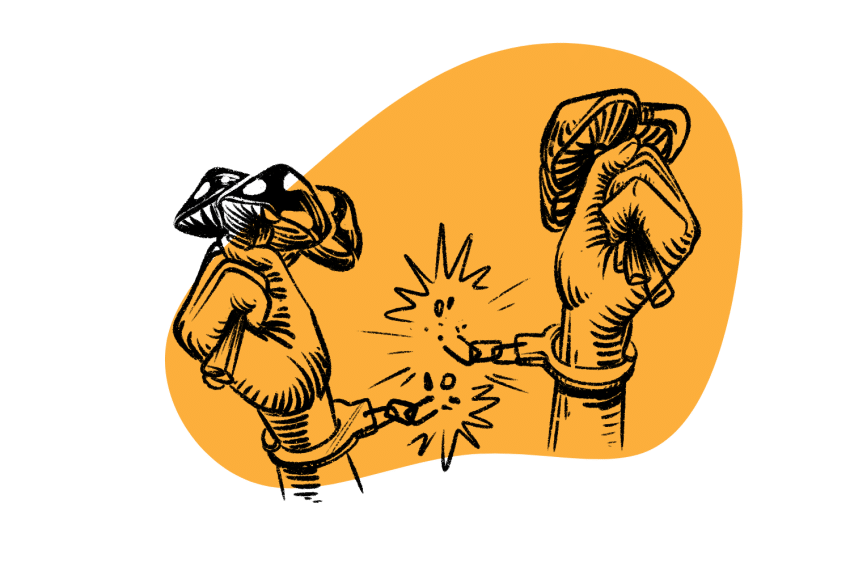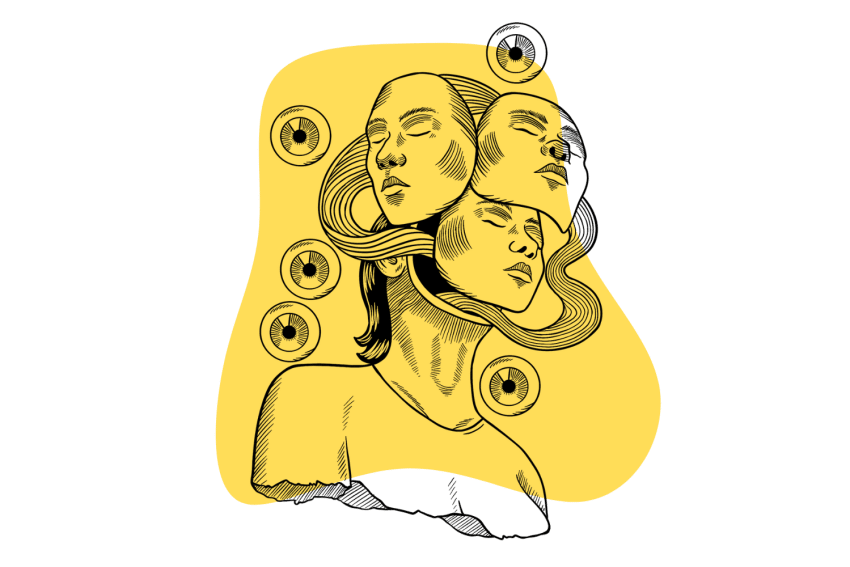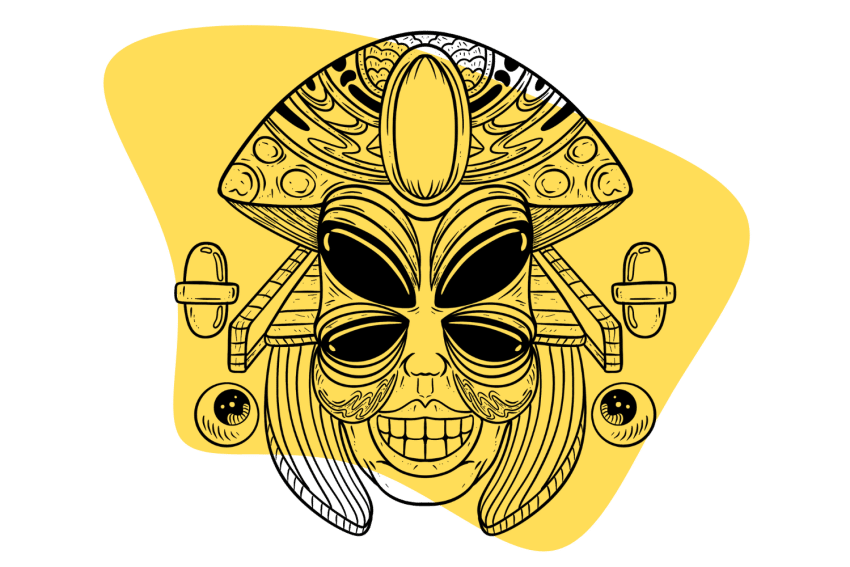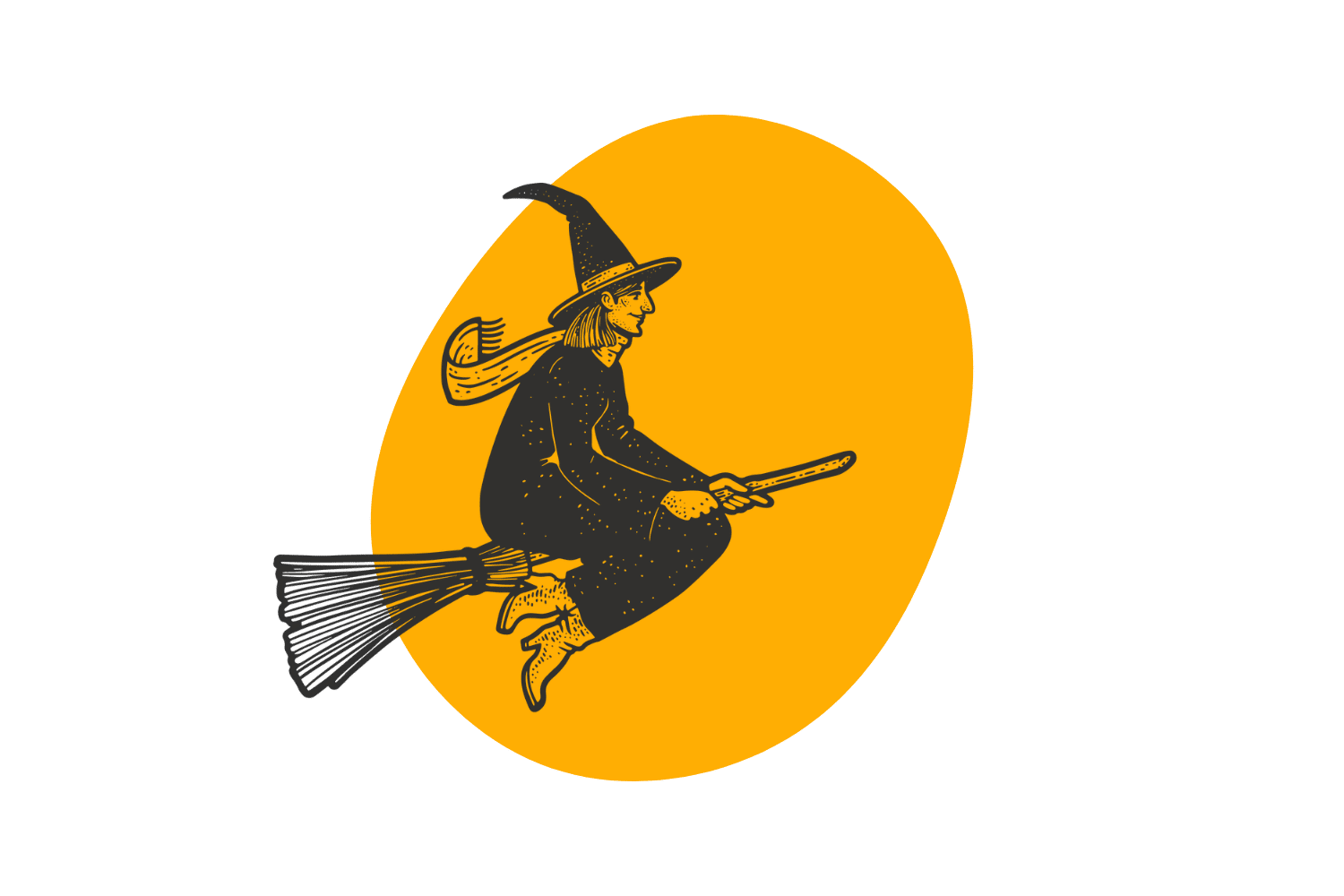Religion, Morality, & Drug Reform — How They Can (And Should) Be Compatible
Once you know the facts, it’s easier to mesh religious or moral beliefs with drug reform.
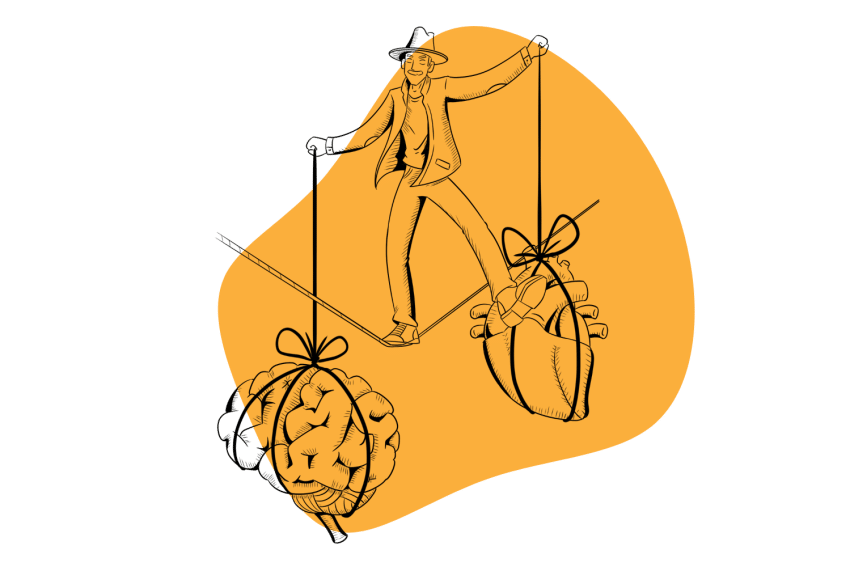
Believe me, the last thing any of us want to do is tell others what to believe or how to live. We’re about respect toward each other and all of you.
I’m writing this to anyone who feels drug reform violates their beliefs and could never support it. Again, not to change anyone’s mind but to point out some things worth considering.
I’ll make five points, give some basics to back each one, and supply links so you can dig deeper. This article would go on forever if I tried to flush out each topic in-depth or cover the negatives, so I’ll refrain from doing either.
1. The War On Drugs Was Never About Safety
No matter where you fall on the political spectrum, most of us have a healthy distrust of the government. Reasons for this vary, depending on whether you’re far left, far right, or somewhere in between, but few are sold on the idea that politicians have our best interests at heart.
Sure, there are a few good people who want to make a difference (especially at a local level), but as a whole, politics is about money and power. The war on drugs is no different, and an article on the Department of Justice’s website agrees.
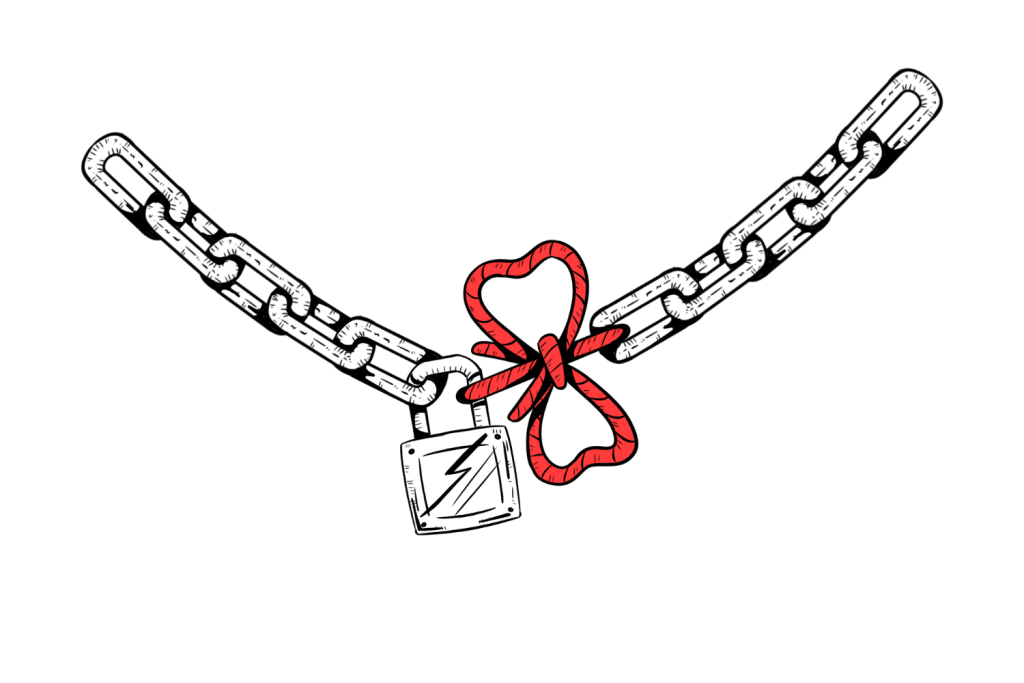
Maybe we should be questioning why the government overlooks the dangers of socially acceptable drugs — think alcohol, tobacco, and prescription medications — that do more harm than many Schedule I substances like marijuana.
It Costs A LOT of Money
We’ve spent far too much money on the war (over a trillion to date and almost $41 billion in 2022 — and they want approval for even more).
To give an idea of just how big one trillion is:
- A stack of $100 bills equalling one trillion dollars would be 631 miles high (2.5 times higher than the space station).
- One trillion dollars is enough to buy all of the shares of Mcdonald’s, ExxonMobil, and Coca-Cola — and still have billions left.
- It would take 31,710 years to spend one trillion dollars at $1 per second.
- It would take 542,241 years to count to one trillion.
It Permanently Ruins People’s Lives
We’ve locked up a lot of people, effectively ruining their lives, over non-violent crimes like possession of marijuana. According to Drug Policy Alliance (DPA), more than a million people are arrested for simple drug possession each year.
By the end of 2018, there were 1,249,700 sentenced people in US state prisons; drug offenses were the most serious charge for 176,300 (14.1%) of them. About 46,500 were charged with simple drug possession (3.7%), and 129,900 were charged with manufacturing, selling, or other drug offenses (10.4%).
Finding Help Is More Difficult
We’ve made it much more difficult for people facing addictions to find help. Overdoses increase yearly, sometimes drastically.
Our World In Data has an excellent interactive chart showing the number of deaths from tobacco, alcohol, and illicit drugs each year from 1990 until 2019. Deaths from illicit drugs — which steadily rise despite the war — pale in comparison to those that come indirectly from alcohol and tobacco. It’s shocking, really.
Here’s the data from 2019, thanks to Our World In Data.
NPR (National Public Radio) quotes Dr. Nora Volkow, head of the National Institute on Drug Abuse since 2003 — “The best outcomes come when you treat the substance use disorder [as a medical condition] as opposed to criminalizing that person and putting them in jail or prison.”
And while it’s easy to say they put themselves in danger and there’s a simple fix — just get help and stop using drugs — it isn’t that simple (ironically, one form of therapy that could help beat addiction involves Schedule I substances). If you think it’s easily done, then no offense, but you’re part of the reason people find it so difficult to reach out.
No one wants to face judgment and humiliation. Empathy and love are good things and are probably highly endorsed by your religion. If not, science is still on the side of those struggling with addiction. Check out Drugs, Brains, & Behavior: The Science of Addiction Treatment & Recovery.
The Drug Cartel Thrives
We created the drug cartel. According to the US Department of Justice, “US prohibitionism created an extremely profitable climate for drug smugglers to use Mexico as a country for both production (marijuana and heroin) and transit (cocaine)….Realities of the “war on drugs” have dragged the Mexican government into adopting increasingly punitive programs that have rendered drug manufacture and smuggling more appealing.”
That was published in 1995.
The war has made things worse, and there’s no sign of progress coming any time soon.
These Tripsitter articles explain it better:
- The War on Drugs — Why It Failed & Where to Go From Here
- The Case for Legalizing Drugs — All of Them
- The Bizarre History of MK-Ultra & CIA Mind Control
- The Military & Psychedelic Research — The Good, The Bad, & The Ugly
The following can also help paint a clearer picture:
- Four Decades and Counting: The Continued Failure of the War on Drugs
- How the War on Drugs Impacts Social Determinants of Health Beyond the Criminal Legal System
- National Drug Control Budget Highlights (2023)
- New Documents Reveal the Bloody Origins Of America’s Long War on Drugs
- The Unintended Negative Consequences of the War on Drugs
2. Research Shows We’re Wrong
It can be hard to see drugs as anything but dangerous, bad, and scary, thanks to decades of political campaigns conditioning us to “Just Say No.”
Remember the TV commercial showing an egg on a frying pan (“This is your brain on drugs…”)?
No? Maybe I’m just that old. Anyway, it certainly sticks in impressionable young minds.
Go ahead and watch the commercial, and then — for kicks — watch this remake from Rachael Leigh Cook (who starred in 1997’s real version) called “Your Brain on Drug Policy.”
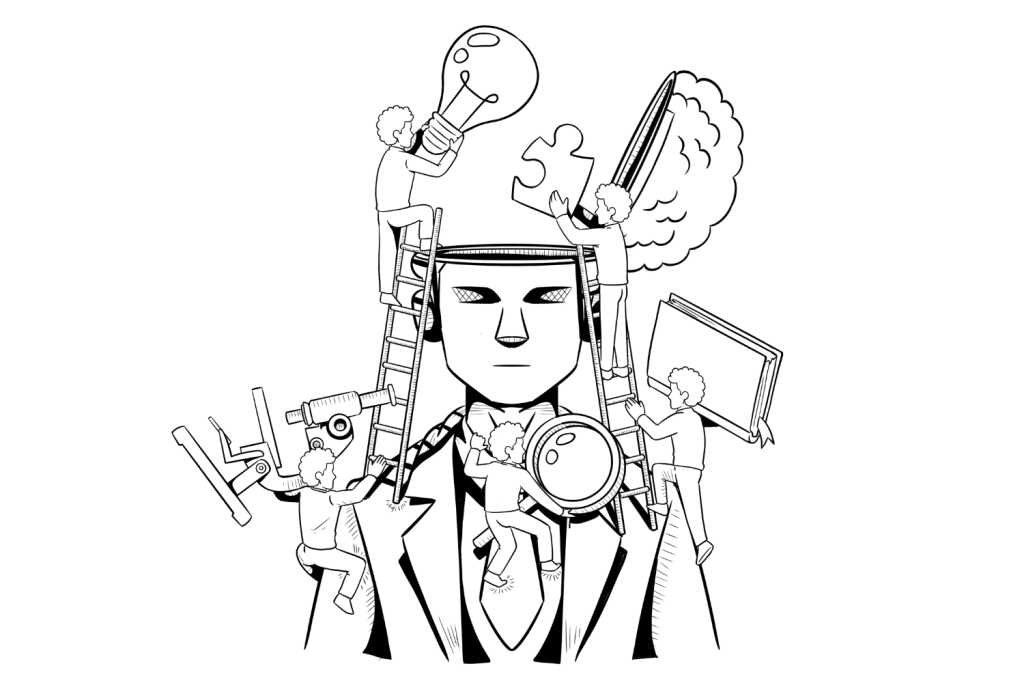
However — and here’s the catch — we are adults and can think for ourselves, but there’s also something called confirmation bias. We tend to seek out information that agrees with what we already believe and deny anything contrary.
Research on Schedule I drugs has been sparse thanks to strict laws, but we’re seeing an influx of studies now, and guess what? Quite a few of these substances with supposedly no medical use and are highly addictive (the Schedule I definition) show great potential medically, have a low risk for addiction, and look like they’re far safer than the prescription alternatives that are legal.
Marijuana could help reduce chronic and neuropathic pain, epilepsy, and more [1]. Psychedelics could help treat addiction and psychiatric disorders like depression, anxiety, and PTSD [2]. And this is just the beginning. We don’t know what else these substances can do because we aren’t allowed to study them.
The National Library of Medicine has this to say — “Although there is a general public perception that psychedelic drugs are dangerous, from a physiologic standpoint they are in fact one of the safest known classes of CNS drugs. They do not cause addiction, and no overdose deaths have occurred after ingestion of typical doses of LSD, psilocybin, or mescaline.”
Ironically, this is exactly what people like Timothy Leary and Albert Hofmann have said from the beginning, but we ignored their research and made all progress come to a halt.
If you’re beginning to wonder why the government would shove such crucial information under the carpet and forge ahead with strict laws banning these drugs — good. Keep questioning.
Start with these articles:
- Making Sense of Psychedelic Research
- Medicine for the Mind: Psychedelics for Depression & Mental Illness
- LSD for Depression: An Underestimated Hallucinogen?
- The History of Psychedelics
Our website is full of science-based information beyond the ones just mentioned, but here are other sources if you want to branch out:
- Recent Medical Marijuana Research
- John Hopkins Medicine: Psychedelic Research & Psilocybin Therapy
- Psychedelic Drugs May Launch a New Era in Psychiatric Treatment, Brain Scientists Say
- The Therapeutic Potential of Psychedelic Drugs: Past, Present, and Future
- Psychedelic Medicine: A Re-Emerging Therapeutic Paradigm
3. It’s No Longer a Fringe Movement — Some of the Greatest Minds of Our Day Support the Medical Use of Many Drugs
Once upon a time, drugs were part of a counter-culture. “Normal” people with “real” jobs didn’t use drugs — that was for those with alternative, and often reckless, lifestyles. It conjured up images of staying up all night, binge drinking, having casual sex, and using whatever substance someone handed you. Sometimes that was (and is) true, sometimes not.
Now, we’re surrounded by government officials, leaders of massive organizations, doctors, scientists, psychologists, and other big minds dedicating their lives to the study and promotion of psychedelics. The promise they show in treating many mental disorders, including treatment-resistant depression, is too substantial to ignore.
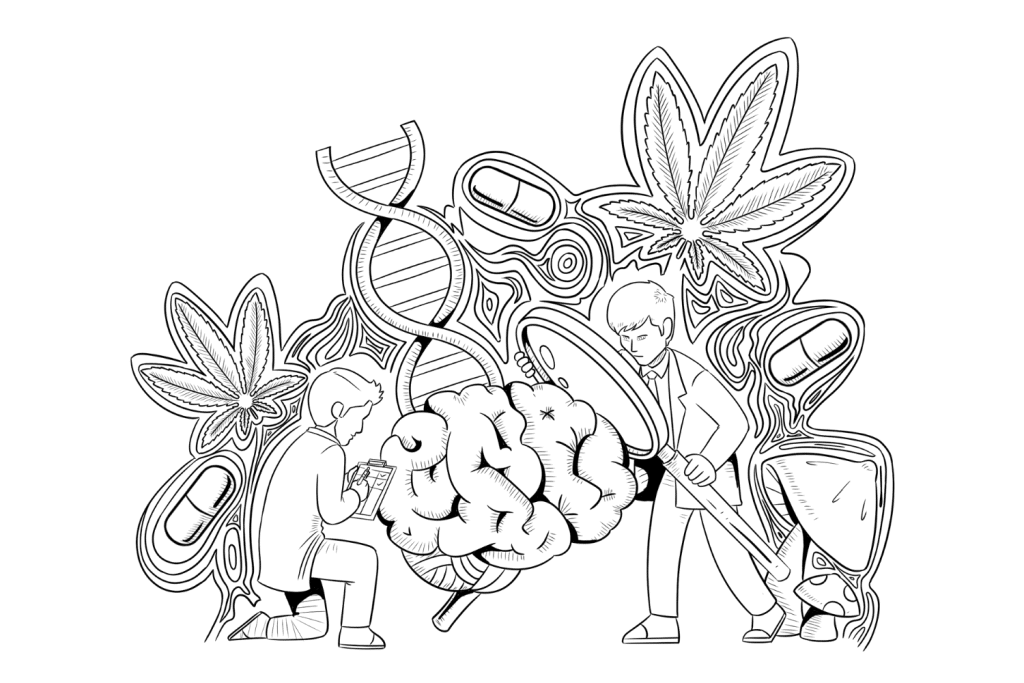
Chances are, your state government or university has a psychedelic program in place or has one in the works. Research centers and organizations promoting it are popping up in the most seemingly unlikely of places — Heartland Palliadelic Research in Nebraska, and VETSolutions, an organization promoting psychedelics for veterans in order to treat traumatic brain injury and depression, for example.
Even the Food and Drug Administration (FDA) recognizes their importance and granted MDMA and psilocybin (the main compound in magic mushrooms) breakthrough therapy designation, giving them a fast track to approval because of how effective they are in certain treatments.
The tide started to turn with legalized marijuana. No longer is it just for “potheads.” It has many medical uses, such as reducing pain and helping with epilepsy, nausea, Chrone’s disease, multiple sclerosis, inflammatory bowel disease, and more. Governments are overturning their previous laws on marijuana in response to research showing just how safe and useful it is.
Interestingly enough, more than half of the Americans polled by the American Addiction Center would choose to have marijuana become legal instead of alcohol if they had to choose one.
Ready for more reading? Check these out:
- Tim Ferris — Psychedelics 101: Books, Documentaries, Podcasts, Science, and More
- The Psychedelic Revolution Is Coming. Psychiatry May Never Be the Same.
- Psychedelic Therapy: A Roadmap for Wider Acceptance & Utilization
- John Hopkins Scientists Give Psychedelics the Serious Treatment
- Joe Rogan & Jordan Peterson: Psychedelics Are Medicine
4. We’ve Banned Plants That Work With Our Bodies In Amazing Ways
I’m not here to debate how we got here — some people believe in evolution, some believe in a creator, and some think it’s a mix of both.
Regardless of where you stand, I think we can all agree that it’s pretty amazing how medicinal plants work so well with our bodies.
My only point here is that if you believe in a creator, then these plants were put here intentionally, and it sure looks like we’re meant to use them. If you believe in evolution, nature has a way of taking care of its own and provided healing plants for us to use.
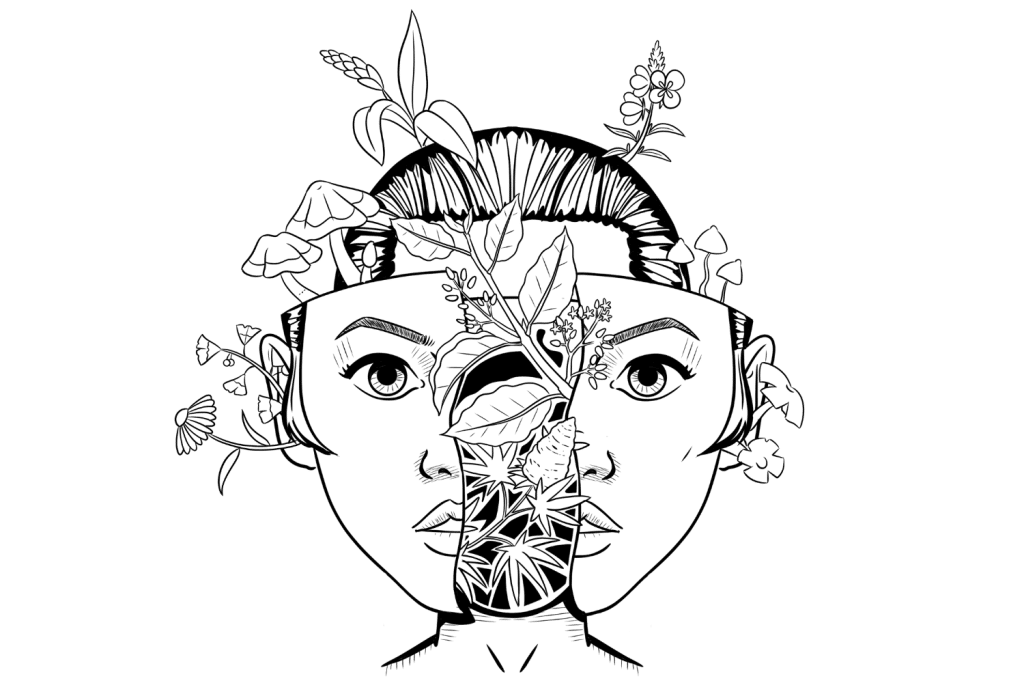
Cannabis is a fantastic example. Our endocannabinoid system remained a secret until researchers noticed how the phytocannabinoids interacted with and almost mimicked certain receptors in our body [3]. Cannabinoids are like a key, triggering a cascade of effects in a system that balances almost everything. The fact that there’s a plant that so uniquely interacts with our body must cause us to question why.
This ties in with the next section — why natural medicine is so crucial — but I wanted to make this point separate.
And if you’re interested in reading more about this topic, I’m listing more homework:
- Kratom vs. Cannabis: Uses, Benefits, & Interactions
- Is Kratom An Opioid?
- Medicine for the Mind: Psychedelics for Depression & Mental Illness
- LSD for Depression: An Underrated Hallucinogen?
- Can Psychedelics Help Heal Trauma?
- Cannabis, Cannabinoid Receptors, and Endocannabinoid System: Yesterday, Today, and Tomorrow
- A Guide to Common Medicinal Herbs
5. Current Medications Are Often Dangerous — What Options Do We Want Our Kids Stuck With?
We want the best for our kids, young or old, and that includes the safest, most effective medicine possible.
Depression and suicide rates are on the rise, even among kids. UCLA Health states that suicide is the second-leading cause of death for those between 15-24. Antidepressant use among youth is up, but studies show these medications can actually increase suicidality in pediatric patients [4]. And while SSRIs — the most common medication for depression — are considered relatively safe, they are still addictive, and research suggests they may cause long-lasting problems we aren’t fully aware of [5].
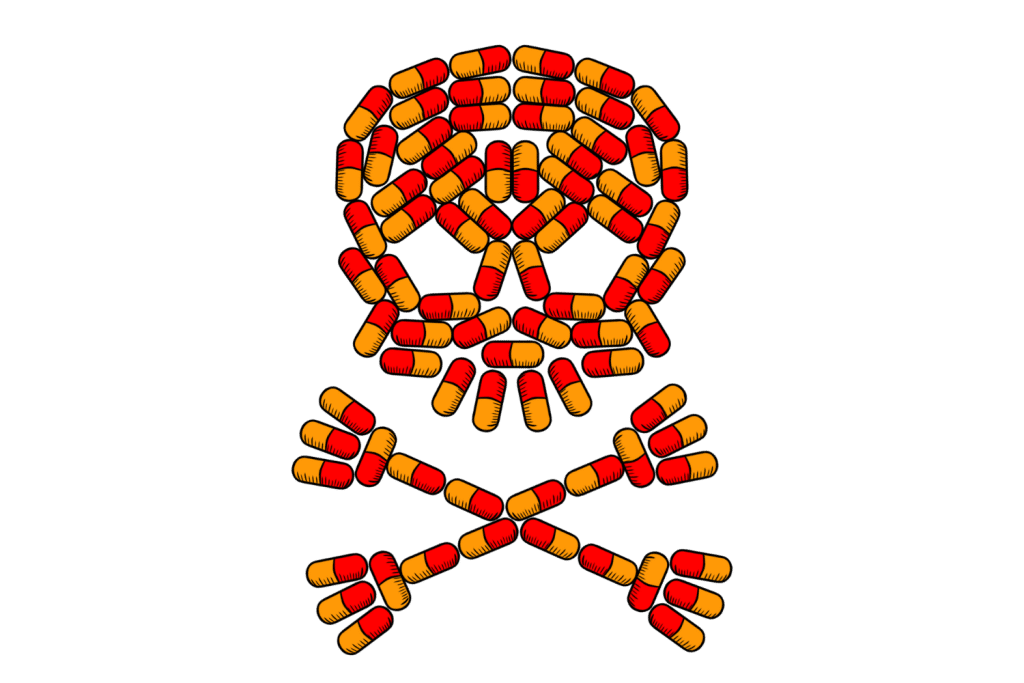
The problem stretches far beyond antidepressants. Drug overdose death rates keep rising, and opioids are by far the biggest cause of this. Almost 75% of all overdose deaths are due to opioids, and over 82% of those are synthetic.
Benzodiazepines — usually prescribed for anxiety and insomnia — were responsible for 17% of the overdose deaths in a six-month period from January 2019 to June 2020; the numbers had risen 520% for illicit use and 22% for prescription use.
Obviously, it’s time for something drastic — yet when you look at the research, resorting to the drugs we’ve been told to hate doesn’t seem so outlandish.
As I pointed out previously, the safety profile of psilocybin, LSD, MDMA, and marijuana, coupled with their efficacy in treating many of these health problems, makes them seem like a much better option.
Don’t we want better for them, especially if we could grow that better option ourselves? Obviously, it’s more complicated than that, but so are standard treatments.
- Benzodiazepine Use: A Look At Who’s Using Them & What the Numbers Mean
- Opioid Addiction (2023)
- Persistent Adverse Effects of Antidepressants
Won’t Decriminalization & Legalization Cause More Problems?
Reducing or removing penalties by legalizing or decriminalizing drugs may or may not increase crime or other social problems or cause drug use to increase. Some opponents suggest crime, including violent crime, may go up.
We only have a few examples of places that have taken this step to draw from, and the rest is speculation. This can be terrifying — legalizing drugs could open Pandora’s box; we don’t know what will happen.
Here’s what we do know.
A 2023 study showed that adults living in a state with legalized marijuana were not more likely to break the law or have problems with their relationships, jobs, or mental health [6].
Switzerland seems to be doing it right, and they have decades of proof. In 1994, the country adopted “the most progressive and controversial drug policy in the world.” Platzpitz Park is a beautiful place now, but its nickname, “Needle Park,” hints at its dark past. You’d never know it, but it was once riddled with thousands of heroin users and dealers — law enforcement pretty much left them alone. HIV and overdose rates rose to record levels, and the government knew something drastic had to be done — and drastic they did.
Desperate times call for desperate measures, right?
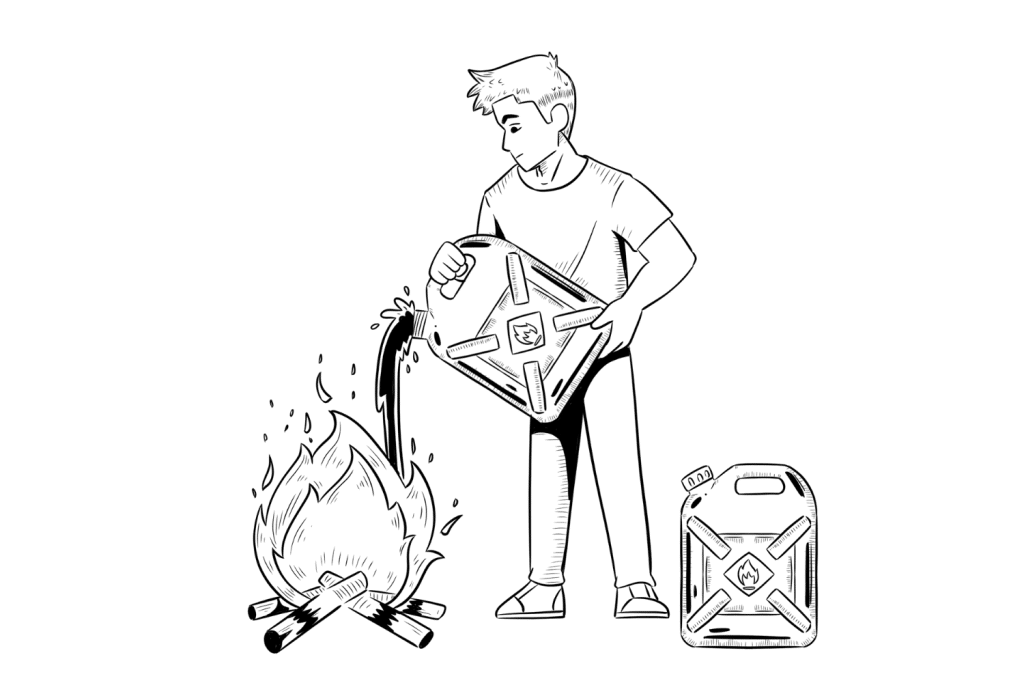
Switzerland adopted the following four-pillar policy, starting a new trajectory for its citizens.
- Health promotion, prevention, and early detection
- Therapy and counseling
- Harm reduction and risk minimization
- Regulation and enforcement
As a part of these pillars, they started a needle exchange program and opened safe injection rooms and shelters. The government, police, organizations, and communities started to work together.
Between 1991 and 2010, Switzerland saw an incredible change. Overdose deaths dropped by 50%. There were 65% fewer HIV infections. New heroin users decreased by 80%.
Portugal is another example. The world closely watched as it decriminalized illicit drugs. It once had an opioid epidemic, similar to the US, but they’ve seen drastic changes since it started to treat drug abuse as an illness instead of a crime. According to the American Psychological Association (APA), “Portugal now has the lowest drug-related death rate in Western Europe, with a mortality rate a tenth of Britain’s and a fiftieth of the United States.”
Sounds fantastic, but the solution is not perfect, and I’m not presenting reform as an end to all drug-related problems. Benzodiazepine use is still prevalent in Switzerland [7]. People still die from overdoses. Drugs are still an issue in places that have made the move. However, now the focus is on helping, not convicting. Forcing compliance only pushes people in the opposite direction.
There’s a lot more to dig into as far as other countries that are good or bad examples of how to handle the drug problem.
We suggest the following:
- The United Nations: Approaches to Decriminalizing Drug Use & Possession
- Inside Switzerland’s Radical Drug Policy Innovation
- Switzerland Couldn’t Stop Its Drug Users. So It Started Supporting Them.
- Drug Policy Facts: Switzerland
- Improved Health Outcomes Following Decriminalization
- Decriminalization: Evidence Overviews
- 20 Years of Portuguese Drug Policy – Developments, Challenges, and the Quest for Human Rights
- Want to Win the War on Drugs? Portugal Might Have the Answer
- National Library of Medicine: Should Drugs be Decriminalized? Yes.
- Govinfo (gov): The Pros & Cons of Decriminalization, Legalization, & Harm Reduction
- Decriminalization Works, but Too Few Countries Are Taking the Bold Step
Is decriminalization or legalization a cure-all? Absolutely not — BUT our current method isn’t working. People are hurting, and we’re not helping. In fact, we’re making the situation worse.
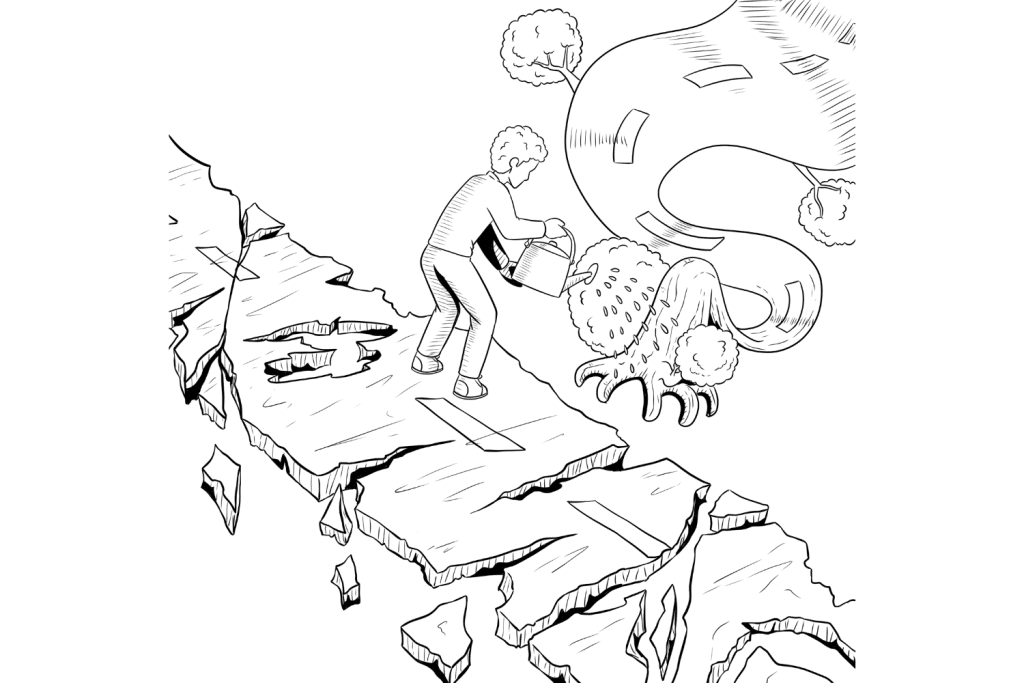
Conclusion: It’s Time To Adjust Our Methods, Even If It Seems Extreme
There are no easy answers because the problem runs deeper than right and wrong, good and bad, harmful or not.
Drugs have always been around, and there’s no reason to believe humanity will suddenly lose interest or stop because someone tells them to.
In the past, we could claim ignorance, but we can’t anymore. We know these policies don’t work. We know many of these drugs aren’t actually that dangerous — in fact, we need access to them for medical treatments.
Sometimes, the only thing we can do is focus on what we do know and take steps in the right direction, regardless of the outcome.
References
- Überall, M. A. (2020). A review of scientific evidence for THC: CBD oromucosal spray (nabiximols) in the management of chronic pain. Journal of pain research, 399-410.
- Perkins, D., Sarris, J., Rossell, S., Bonomo, Y., Forbes, D., Davey, C., … & Castle, D. (2021). Medicinal psychedelics for mental health and addiction: Advancing research of an emerging paradigm. Australian & New Zealand Journal of Psychiatry, 55(12), 1127-1133.
- Haney, M. (2022). Cannabis use and the endocannabinoid system: a clinical perspective. American Journal of Psychiatry, 179(1), 21-25.
- Hammad, T. A., Laughren, T., & Racoosin, J. (2006). Suicidality in pediatric patients treated with antidepressant drugs. Archives of general psychiatry, 63(3), 332-339.
- Moncrieff, J. (2020). Persistent adverse effects of antidepressants. Epidemiology and Psychiatric Sciences, 29, e56.
- Zellers, S. M., Ross, J. M., Saunders, G. R., Ellingson, J. M., Walvig, T., Anderson, J. E., … & Vrieze, S. (2023). Recreational cannabis legalization has had limited effects on a wide range of adult psychiatric and psychosocial outcomes. Psychological Medicine, 1-10.
- Landolt, S., Rosemann, T., Blozik, E., Brüngger, B., & Huber, C. A. (2021). Benzodiazepine and Z-drug use in Switzerland: prevalence, prescription patterns and association with adverse healthcare outcomes. Neuropsychiatric Disease and Treatment, 1021-1034.

